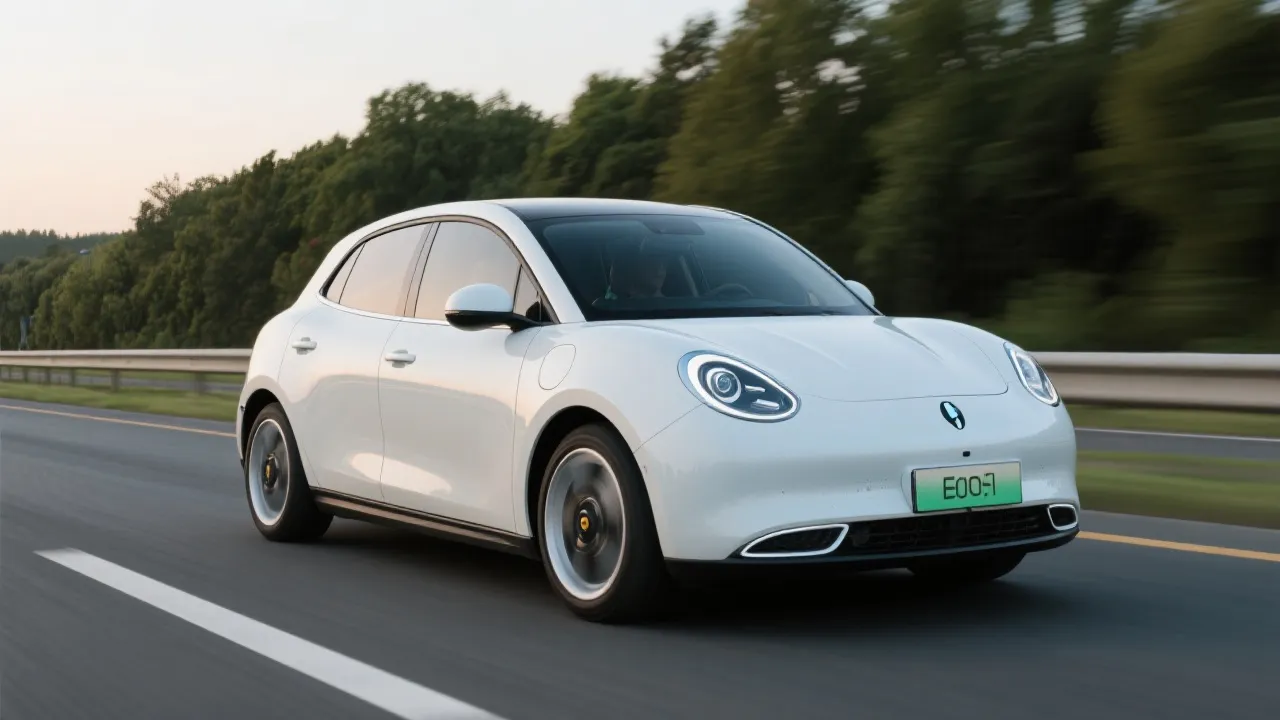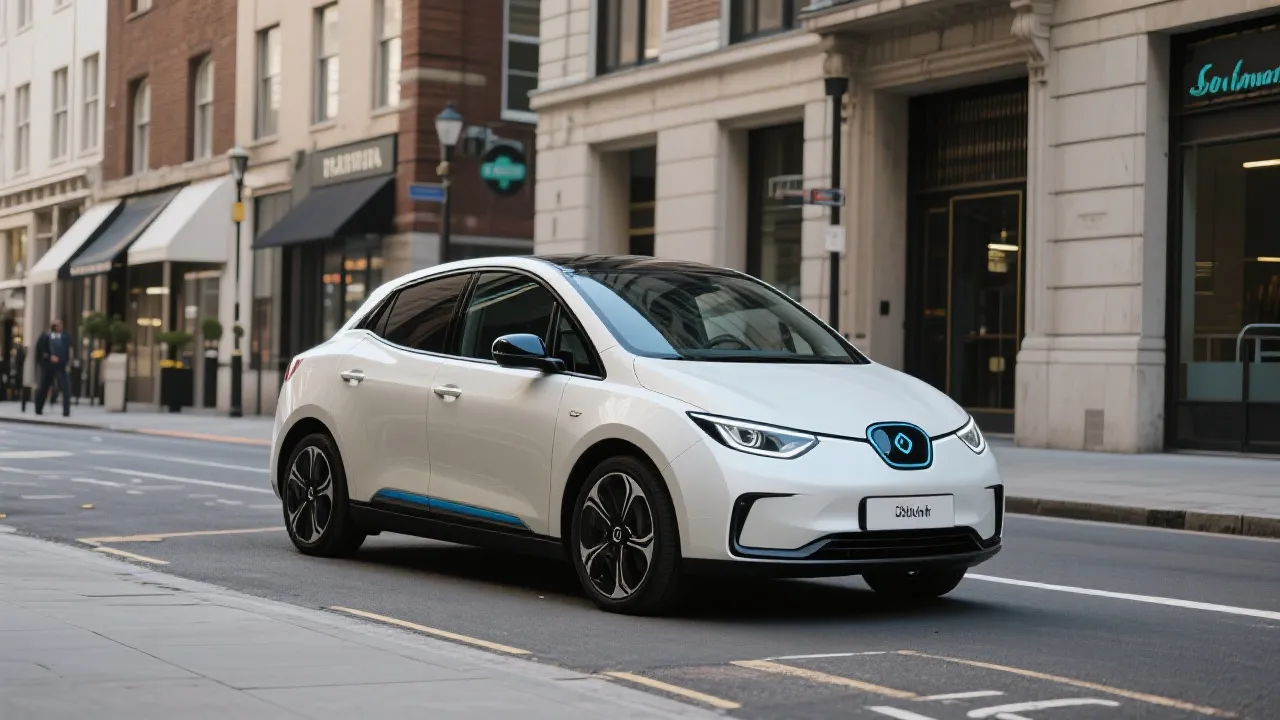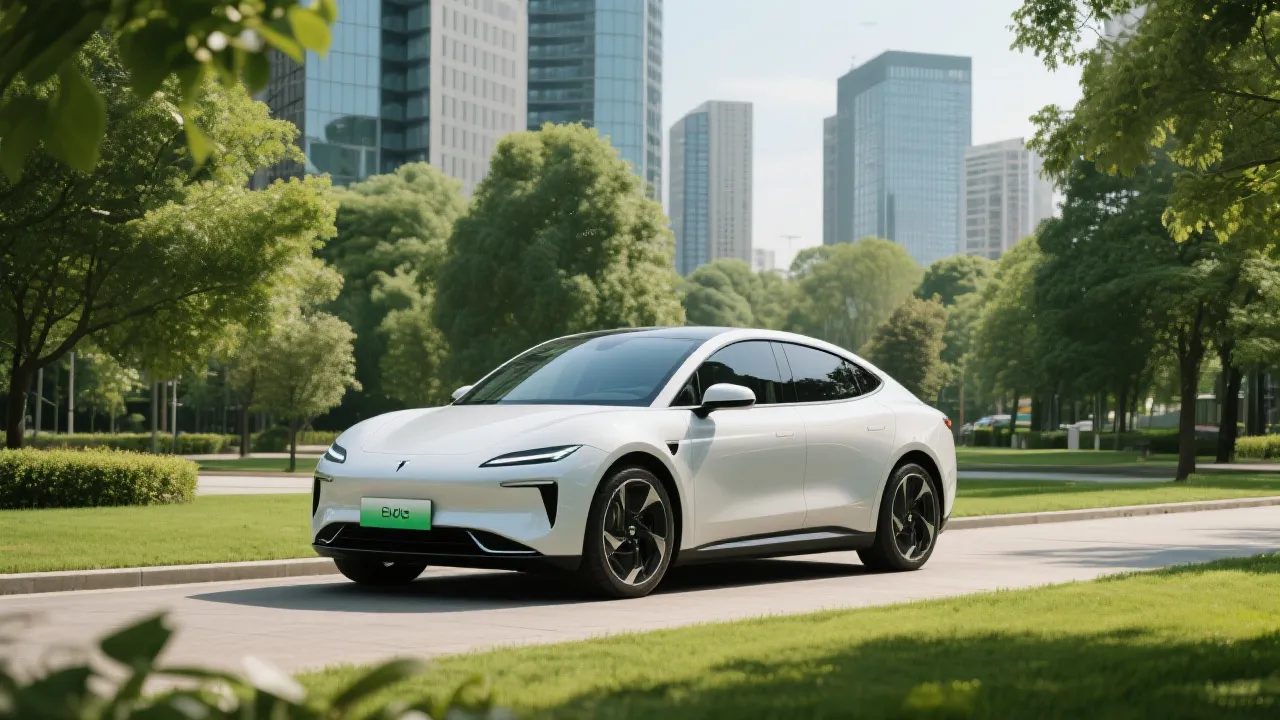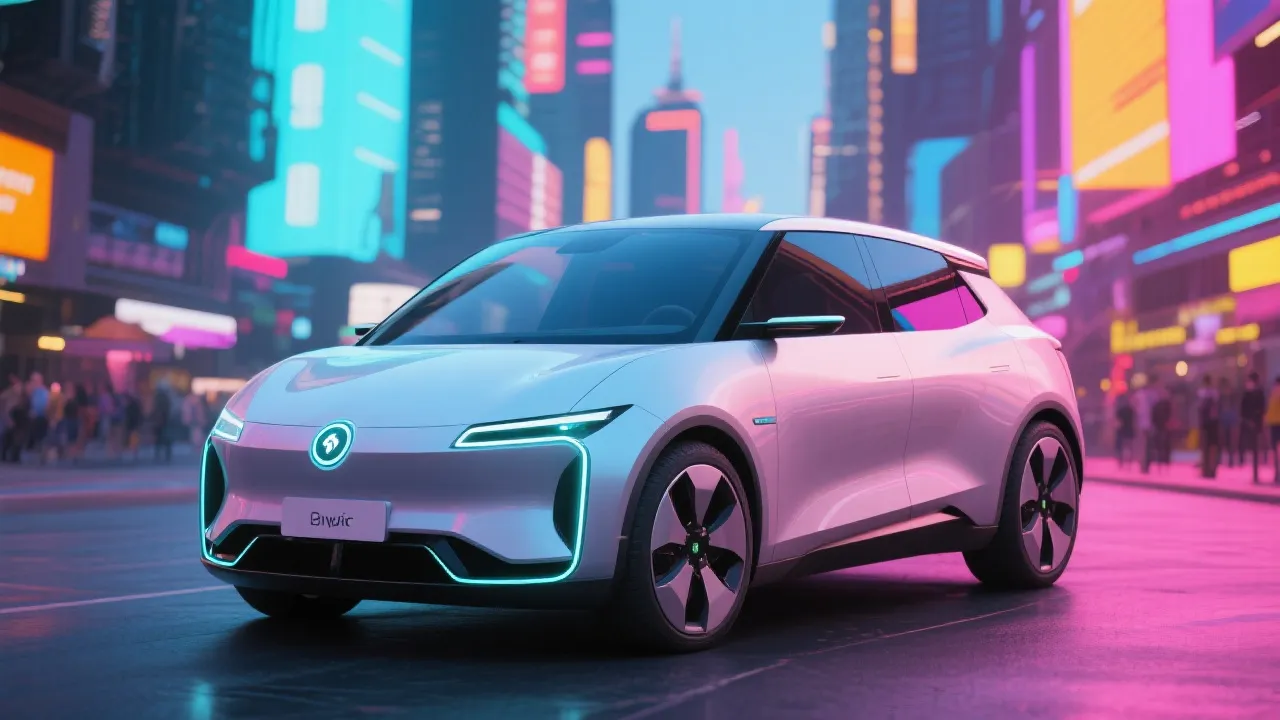Exploring Affordable Electric Cars
This article delves into the realm of affordable electric cars, providing valuable insights into the rising popularity and advantages of electric vehicles. As global demand for sustainable and economical transportation increases, electric cars are emerging as compelling options. Learn how to navigate the market, explore financing options, and discover some of the most budget-friendly electric vehicles available.

The Emergence of Affordable Electric Vehicles
Electric vehicles (EVs) are swiftly gaining traction as viable alternatives to traditional fossil fuel vehicles. With increasing environmental concerns and advancements in battery technology, electric cars offer a cleaner, quieter, and often more economical driving experience. As demand grows, manufacturers are producing more budget-friendly models, making electric cars accessible to a broader audience.
The global push towards sustainability is not merely a trend but a necessity driven by climate change and the depletion of finite resources. The transportation sector is one of the largest contributors to greenhouse gas emissions, and switching to electric vehicles represents a meaningful solution. With the advent of affordable electric vehicles, consumers are increasingly motivated to make the transition from gasoline-powered cars, recognizing both the environmental benefits and the potential long-term savings on fuel and maintenance.
Understanding the Term "सबसे सस्ती इलेक्ट्रिक कार"
In the realm of electric vehicles, the term "सबसे सस्ती इलेक्ट्रिक कार" is pivotal for consumers searching for affordable options. This phrase, translating to "cheapest electric car" in English, signifies a shift in consumer priorities towards sustainable and economical transport solutions. As people become more aware of the long-term savings offered by electric vehicles—including lower fuel costs and reduced maintenance requirements—the search for the cheapest models grows increasingly relevant.
Moreover, the accessibility of online information has empowered consumers to compare various models and their features. This trend highlights a growing desire for transparency in pricing and specifications within the automotive market. With government incentives and rebates in many regions, the journey towards owning an electric car is more feasible than ever, even for buyers on a budget.
Exploring Top Affordable Electric Cars
Among the various options available in the market, several models stand out as cost-effective solutions in English-speaking countries. The increasing competition among manufacturers has not only driven down prices but also improved the overall quality and features of these affordable electric vehicles:
- Chevrolet Bolt EV: With its long-range battery and advanced safety features, the Chevrolet Bolt EV provides a spacious interior within a compact framework. It offers zero down payment financing in specific regions, enhancing its affordability. The Bolt EV is equipped with a 65 kWh battery, enabling it to achieve an EPA-estimated range of up to 259 miles on a single charge, which is particularly beneficial for longer commutes.
- Nissan Leaf: Known for its efficient electric drivetrain, the Nissan Leaf combines modern tech features with an attractive price point, making it an appealing option for many buyers. With two battery options available, the Leaf can deliver a range of up to 226 miles in its Plus variant, along with features like ProPILOT Assist which enhances the driving experience.
- Hyundai Kona Electric: This versatile compact SUV delivers a long electric range and user-friendly infotainment system, bolstered by favorable financing terms. Its impressive performance is complemented by a total electric range of about 258 miles per charge, making it ideal for both urban and suburban drivers alike.
- Kia Niro EV: Featuring a spacious interior and advanced safety features, the Kia Niro EV presents a practical compact SUV design with competitive financing options. With a range of around 239 miles, the Niro is particularly well-suited for families who require a flexible and comfortable vehicle for daily use.
| Model | Features | Financing Terms |
|---|---|---|
| Chevrolet Bolt EV | Long-range battery, advanced safety | Zero down payment options available |
| Nissan Leaf | Efficient drivetrain, tech features | Zero down payment, interest-free plans |
| Hyundai Kona Electric | Long range, user-friendly interface | Low-interest, zero down payment |
| Kia Niro EV | Spacious, advanced safety | Zero down payment available |
Source: Available electric car models and financing information are gathered from the official manufacturer websites.
Acquiring an Electric Car with Zero Down Payment
Navigating the purchasing process of an electric vehicle with no down payment can yield significant economic benefits. Potential buyers should start by researching local financing offers by visiting dealership websites and utilizing comparison tools to identify zero down payment options. It's essential to be aware of credit requirements and regional availability, as these factors can impact financing opportunities. In many cases, local dealerships collaborate with financial institutions to offer favorable financing packages that can include loan terms with no upfront costs.
Another option to explore is leasing, where down payments can often be circumvented, making the overall monthly payment lower than traditional financing. Leasing an electric vehicle can provide access to the latest models with advanced technology while minimizing long-term financial commitments. Working with a knowledgeable sales representative can help you understand the terms and conditions that apply, ensuring that you find the best deal tailored to your financial situation and driving needs.
Understanding the Benefits of Electric Vehicles
Beyond the initial cost savings, electric vehicles offer myriad benefits that enhance the overall ownership experience. For one, the cost of charging an EV is generally lower compared to gasoline, especially in areas where electricity prices are competitively priced. Many charging infrastructure networks provide opportunities for free charging at public locations, further reducing operational costs.
Electric cars tend to require less maintenance than their gasoline counterparts. With fewer moving parts, EVs often do not need oil changes, fuel filters, spark plugs, or exhaust system repairs. Studies suggest that the maintenance cost of electric vehicles can be about 50% lower than that of traditional internal combustion engine vehicles.
Moreover, governments in many countries offer incentives for EV purchases, making them even more appealing. Tax credits, rebates, and grants for buying electric vehicles can offer significant savings. Additionally, some regions offer incentives such as access to carpool lanes, reduced registration fees, and utility discounts.
FAQs
- What is the easiest way to find the cheapest electric car? Conducting online research, consulting dealership websites, and using vehicle comparison sites can help identify the cheapest models. Additionally, visiting EV expos or trade shows can provide a wealth of information regarding the latest models and pricing.
- Are there any incentives for purchasing electric vehicles? Depending on the region, buyers may benefit from government incentives, tax credits, or rebates designed to promote the adoption of electric vehicles. These incentives can significantly reduce the purchase price, making EV ownership more attainable for a broader range of consumers.
- What are the maintenance costs of electric cars compared to traditional vehicles? Electric cars often involve lower maintenance costs due to fewer moving parts and components like transmission, fuel lines, or exhaust systems. Additionally, many EVs come with warranties that can cover parts and labor for several years, adding to their appeal over time.
- How does charging infrastructure work for electric vehicles? Charging infrastructure for electric vehicles includes home chargers, public charging stations, and fast chargers located along highways. Home chargers can be installed in a garage or carport, allowing for convenient nightly recharging. Public charging stations are often found in parking lots, shopping centers, and gas stations, allowing EV owners to charge while running errands.
- How can I increase the lifespan of my electric vehicle? To enhance the lifespan of an electric vehicle, regular maintenance checks, careful management of battery charging cycles, and avoiding extreme temperatures can help. Utilizing features like regenerative braking can also contribute to extending battery life over time.
Conclusion and Disclaimer
Electric vehicles are transforming the automotive landscape by providing sustainable and cost-effective transportation solutions. As more affordable models enter the market, a broader audience can experience the benefits of electric driving. With continued technological advancements in battery performance and charging infrastructure, the future of electric vehicles looks promising. However, as of October 2023, the information above is based on online resources and official manufacturer data. For the most up-to-date and specific details, potential buyers should consult the official websites of manufacturers and dealerships.
Reference Links
For further information on the available electric models and financing, please visit these links:
Educated consumers are taking action as they consider the switch to electric vehicles, with a growing number dedicated to understanding their choices fully. The trend toward affordability in the electric vehicle market signifies a broader societal shift not only towards personal responsibility for environmental impact but also towards innovation in one of the most critical industries in the world.









